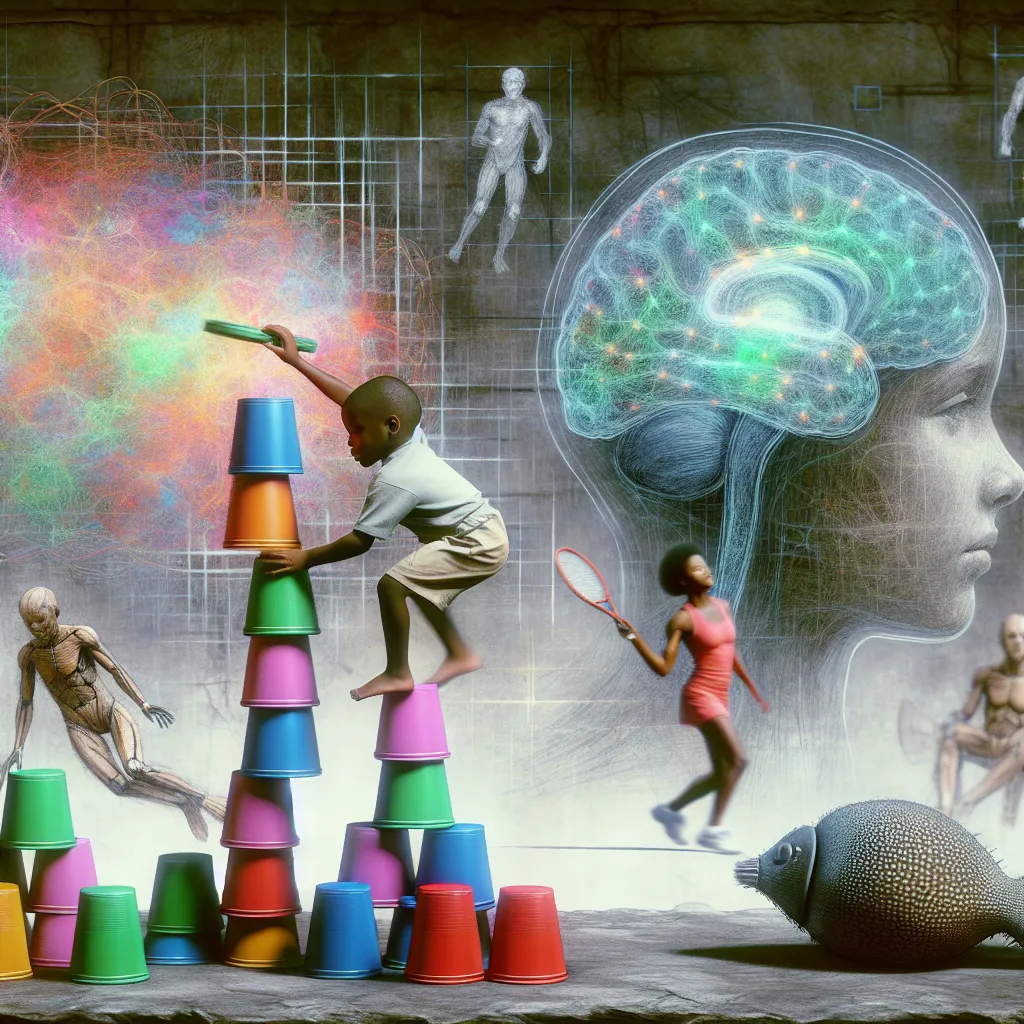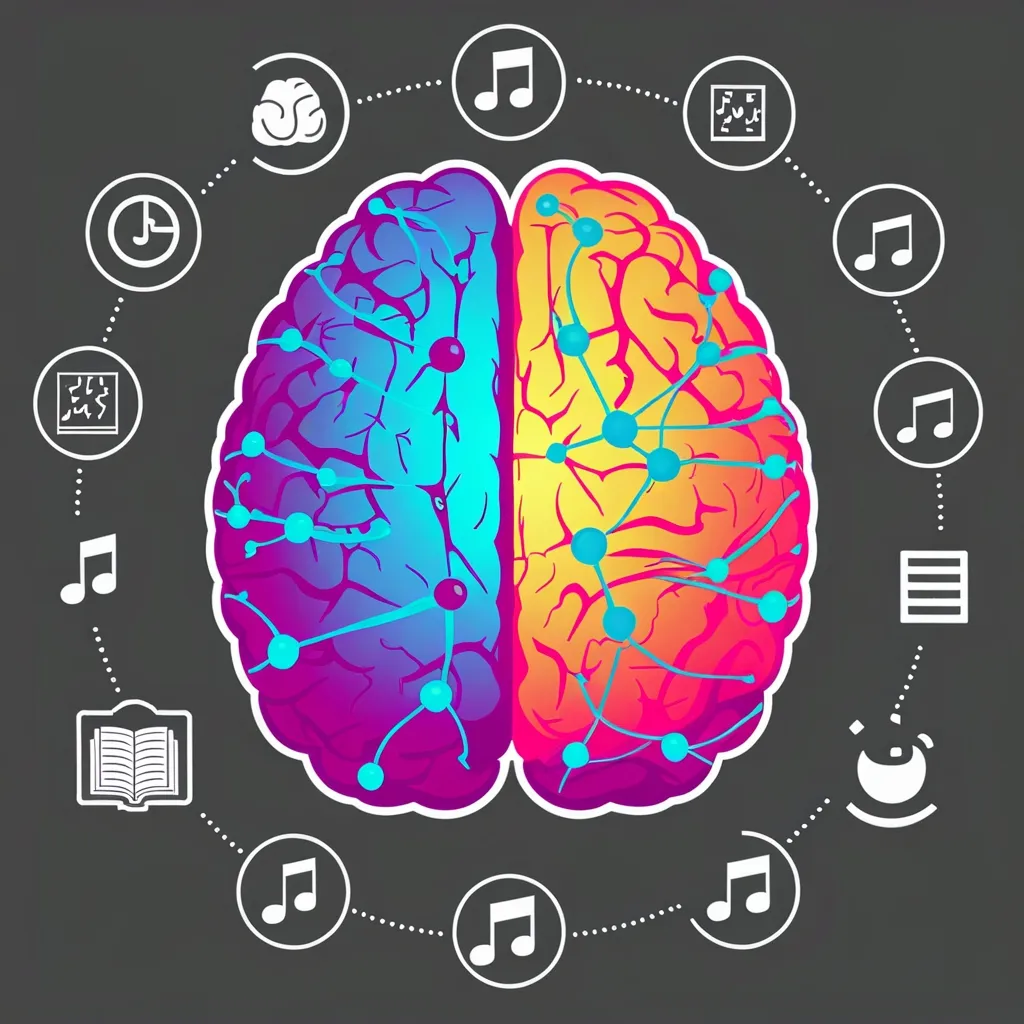Why do we have brains? It’s a question that seems straightforward but actually requires deep understanding and reflection. You might think our brains exist to perceive the world, to think, or to feel, but that’s not quite it. If you really dig into it, the primary reason we have brains is to produce adaptable and complex movements. This might sound surprising, but let’s break it down.
Consider movement as the only way we interact with the world around us. Sure, you could argue that sweating is another way, but apart from that minor exception, everything from speech to writing involves muscle contractions. This means that our sensory and cognitive processes only matter to the extent that they help us move in ways that benefit us.
To illustrate this, let’s look at the humble sea squirt. This primitive animal has a rudimentary nervous system that it uses to navigate the ocean. However, once it settles on a rock, it digests its own brain because it no longer needs to move. This extreme example highlights the brain’s role in facilitating movement.
When thinking about how well we understand brain-controlled movement, we lag behind significantly. For instance, while computer programs can now beat humans in chess, no robot can match the dexterity of a five-year-old when it comes to picking up and manipulating a chess piece.
The challenge is that we don’t even fully understand the algorithm for dexterity. Advanced robotics have made strides, but tasks like pouring water from a bottle still pose significant challenges for robots. Compare this to Emily Fox, who set a world record for cup stacking—a feat we have no way of fully understanding in terms of her brain’s control over her movements.
In my research group, we aim to uncover how humans control movements. This isn’t as simple as it appears. Sensory feedback is noisy, and when we say “noisy,” we mean it’s filled with random variability that affects precision. This sensory noise complicates control, making even basic tasks challenging.
For long-term success in movement, humans and other creatures use a framework called Bayesian decision theory. This statistical approach helps us make decisions based on combining new sensory data with prior knowledge. Think of it as using all our past experiences to make the best possible guess about what to do next.
Take playing tennis, for example. When predicting where the ball will land, you rely not only on what you see at that moment but also your accumulated knowledge of where balls usually land in similar situations. This blend of immediate sensory input and stored experiences allows us to move effectively.
But it gets more complex. Our brains are constantly predicting the sensory outcomes of our movements, helping us distinguish between internal actions and external events. This mechanism explains why you can’t tickle yourself effectively: your brain predicts your movements and cancels out the resulting sensation.
Interestingly, this predictive capability also explains why children on long car rides tend to escalate fights. When one child hits another, they predict the sensory outcome and underestimate the force. The recipient, however, feels the full impact and retaliates, thinking they are merely matching the force.
Our movements are intricately planned to minimize the negative consequences of sensory noise. We choose paths and muscle activations that reduce variability and avoid large forces that can introduce more noise.
Understanding movement isn’t just an intellectual exercise; it has practical implications. Many diseases affect our ability to move, and better understanding how we control movement can aid in developing robotic technologies for rehabilitation.
In essence, while we might dream, love, and ponder, all these cognitive processes ultimately aim at facilitating effective movement. Even when studying perception and memory, it’s crucial to remember their ultimate role in aiding our movements.
So, next time you see an animal—or even yourself—executing seemingly simple tasks, remember the incredible complexity of the brain functions making it happen.
Thank you for reading.






